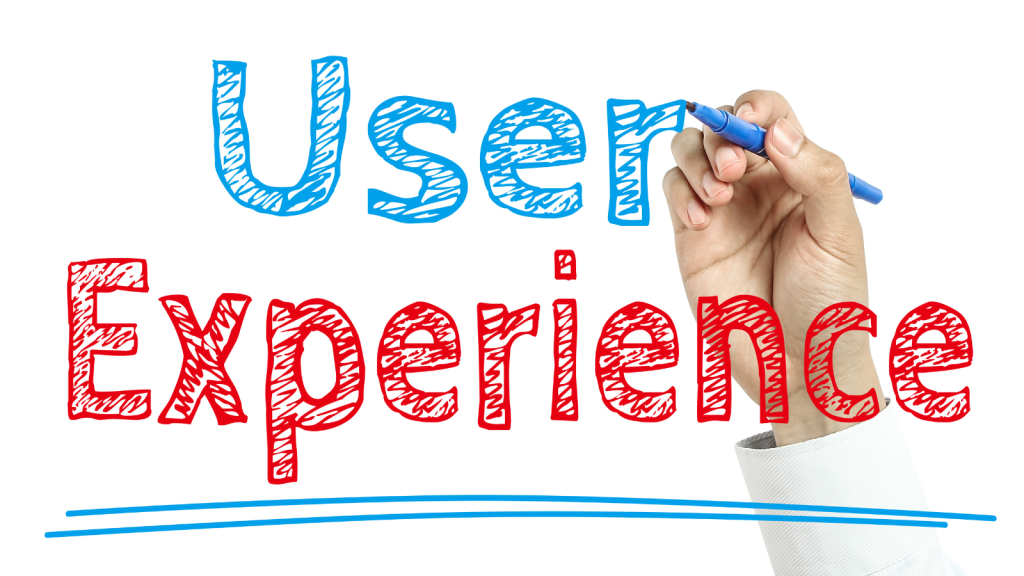Imagine walking into a fancy new restaurant. The exterior is stunning, the sign is bright, and the aroma from the kitchen is mouth-watering. But as soon as you step inside, the seating is cramped, the menu is confusing, and the service is slow. No matter how good the food is, you probably won’t come back. Now, think of your website as that restaurant. SEO (Search Engine Optimization) is what attracts visitors (like the restaurant’s sign and aroma), but user experience (UX) is what makes them stay and return.
The Overlooked Relationship Between SEO and UX
Many people treat SEO and UX as separate entities—one focused on search engines, the other on user satisfaction. But the truth is, they go hand in hand. Search engines, especially Google, have evolved to prioritize user experience. They don’t just rank websites based on keywords and backlinks anymore; they also analyze how visitors interact with a site. If users are bouncing off quickly, struggling to navigate, or not engaging with content, Google takes notice and lowers rankings accordingly.
The Core Connection: Why UX is a Silent Ranking Factor
Google’s algorithm updates (like Core Web Vitals) directly focus on user experience. They measure aspects like page speed, mobile-friendliness, and interactivity. If your site loads slowly, doesn’t adjust well to mobile screens, or frustrates visitors with confusing navigation, your SEO rankings will suffer.
Let’s take an example: Jenny is looking for a quick banana bread recipe. She clicks on a website that ranks #1 on Google, but within seconds, she’s bombarded with pop-ups, slow-loading images, and a messy layout. Frustrated, she leaves and finds a different site that loads instantly, presents the recipe in a clean format, and even offers a “Jump to Recipe” button. Guess which site Google will favor next time?
Secret UX-SEO Strategies for Maximum Exposure
Now, let’s uncover some lesser-known tips that can elevate both your SEO and UX simultaneously.
1. Use NLP to Optimize for User Intent
Natural Language Processing (NLP) is the technology behind Google’s ability to understand content the way humans do. Instead of stuffing keywords, focus on answering user queries naturally. Instead of “best coffee shops NYC,” structure content like:
“Looking for a cozy spot to enjoy your morning coffee in NYC? Here are some hidden gems you’ll love.”
This conversational tone aligns with NLP, increasing the chances of ranking for voice searches and long-tail queries.
2. Dwell Time Hacks: Keep Visitors Engaged
Dwell time (the time users spend on your page) is a hidden ranking factor. Increase it by:
- Using storytelling (like this article!) to keep readers hooked.
- Embedding interactive elements like quizzes or tools.
- Adding internal links to related content, guiding users deeper into your site.
3. Reduce Bounce Rate with a Clear Content Structure
Nobody likes walls of text. Use:
- Short paragraphs
- Bullet points
- Subheadings
- Visuals to break up content
This makes information digestible, keeping users on your site longer.
4. Optimize for Mobile-First Experience
Over 60% of web traffic comes from mobile devices. If your site isn’t optimized, you’re losing rankings. Use:
- Responsive design
- Fast-loading images
- Thumb-friendly buttons
5. Leverage Schema Markup for SEO & UX Boost
Schema markup (structured data) helps Google understand your content better. If you run a recipe blog, adding schema can display star ratings, cooking time, and calories directly in search results—attracting more clicks.
6. Improve Core Web Vitals
Three key factors Google considers:
- Largest Contentful Paint (LCP): Speed at which the main content loads (aim for under 2.5 seconds).
- First Input Delay (FID): How fast your site responds to user interactions.
- Cumulative Layout Shift (CLS): Preventing unexpected layout shifts that frustrate users.
Optimizing these improves both rankings and experience.
7. Human-Centered Call-to-Actions (CTAs)
Instead of generic CTAs like “Click Here,” personalize them:
- “Get Your Free Ebook Now!”
- “Find the Best Coffee Spots Near You!”
Personalization improves conversion rates and signals engagement to Google.
The Future of SEO and UX: Where Are We Headed?
As AI continues to advance, search engines are getting smarter. Soon, UX metrics like user satisfaction, sentiment analysis, and engagement levels will play an even bigger role in rankings. The future of SEO isn’t just about technical tweaks; it’s about crafting experiences that users love.
If you want your site to rank and retain users, stop thinking of SEO and UX as separate strategies. Blend them seamlessly, and you’ll not only rank higher but also create a website that people love coming back to—just like that perfect restaurant with both great marketing and an unforgettable dining experience.
Now, go optimize your website—not just for search engines, but for humans too.

